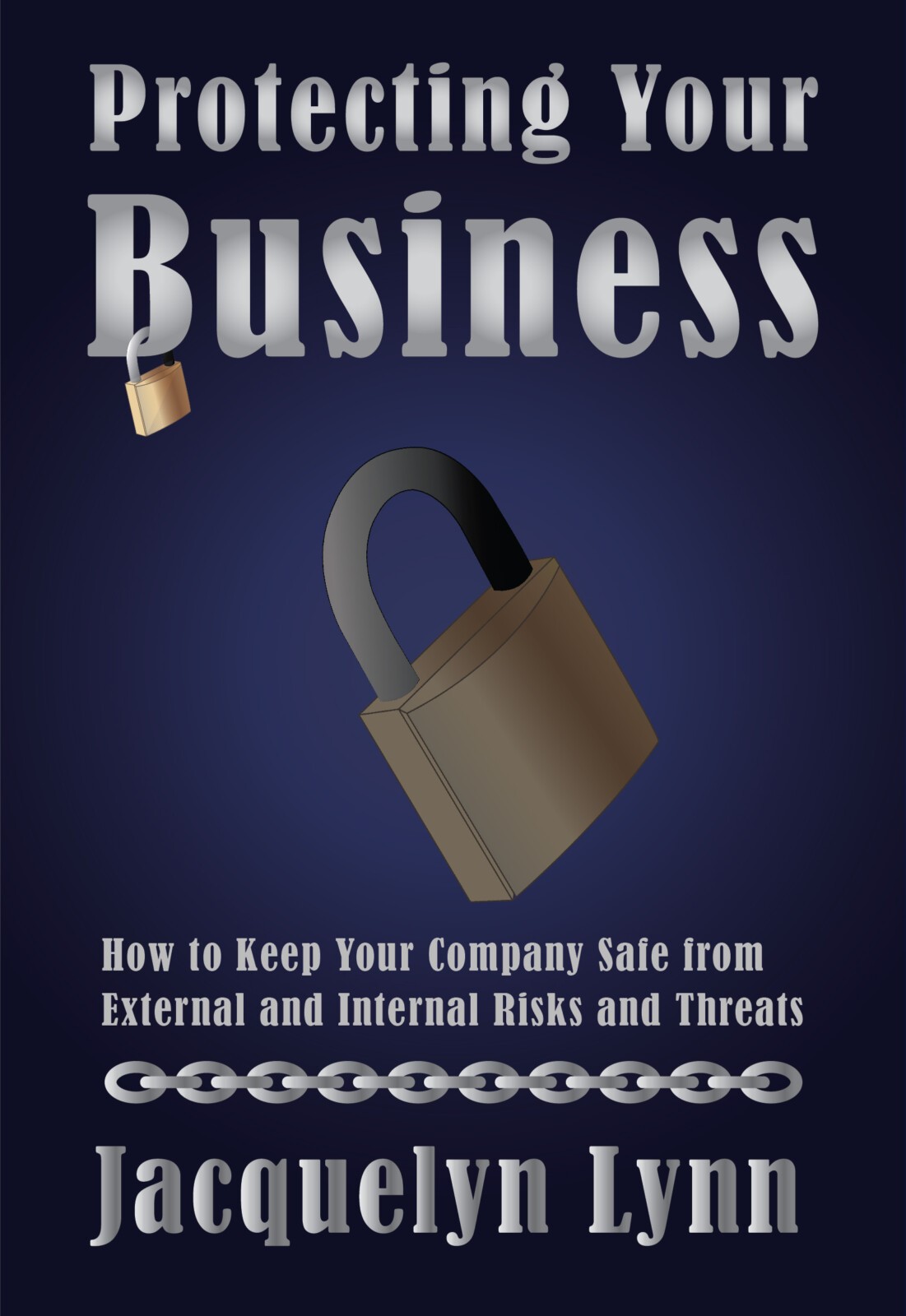For many companies, especially cash businesses, employee theft is considered just another cost of doing business.
 Particularly hard to spot are “off-book” thefts, which involve stealing the money before it ever gets into your bookkeeping system.
Particularly hard to spot are “off-book” thefts, which involve stealing the money before it ever gets into your bookkeeping system.
The most common off-book employee cash theft schemes include skimming, where a portion of the cash received is pocketed before the sale is rung into the register; fraudulent voids, where sales are voided and made to look like the sale was canceled, a mistake was made, or the customer returned the merchandise; and swapping non-cash for cash, where checks or credit card receipts are not entered in the register and a similar amount of cash is removed.
Typically, business owners don’t realize such thefts are occurring until so long after the fact that identifying the perpetrator is impossible. The awareness often comes about when financial reports indicate reduced profits. And when the thief is not greedy and is stealing very small amounts, it may be virtually impossible to detect.
 Here’s how you can detect and prevent off-book theft:
Here’s how you can detect and prevent off-book theft:
- Be sure customers can see the cash register display. This lets customers see for themselves that they aren’t being over-charged and that the amount they are asked to pay is the amount that was rung into the register.
- Always give receipts. Make it a policy to give receipts with every sale, and consider offering customers some sort of a reward–such as a gift certificate or discount off a future purchase–if they are not given a receipt.
- Review your transactions daily. Look at cash register tapes and credit card charge slips for any unusual patterns, excessive voids, or other suspicious activity. The benefits of this routine go beyond identifying theft; if, for example, you have an employee who voids a lot of sales, they may be stealing, or they may just need some training on how to operate the equipment properly.
- Require a supervisor’s approval on voided sales. Such scrutiny makes it harder for an employee to pocket cash unseen.
- Consider various visual monitoring methods. Mystery shoppers and plainclothes security may spot employee theft. Or you might want to install surveillance cameras.
- Use controls that will help you take action. It’s not enough to quantify a loss, you also want to be able to identify who was responsible. Your theft control measures should pinpoint the source as well as the amount of the loss.
If you need help with developing loss-control measures, start with your accountant, who should be able to help you with various record-keeping techniques that will identify where and how losses are occurring. Or you may want to contact a risk management or security consultant with expertise in your particular industry.
Excerpted from Protecting Your Business: How to Keep Your Company Safe from External and Internal Risks and Threats by Jacquelyn Lynn.
- 11 Characteristics of Successful Entrepreneurs - November 17, 2025
- Why the World Benefits from Billionaires - August 4, 2025
- Should You Use AI for Audiobook Narration? - July 28, 2025





